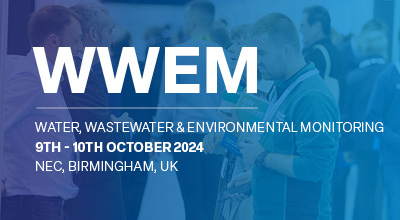| Abstract Title: | Synthetic Carbon Adsorbents for Industrial Water Purification - A comparison to granular activated Charcoal |
| Presenter Name: | Mr Matthias Meyer |
| Co-authors/Co-presenters: | Dr Joe Abrahamson |
| Company/Organisation: | Merck |
| Country: | Germany |
Abstract Information :
Granular activated charcoal (GAC) has been utilized to purify water since at least the 1700s. Due to chemical variability of GAC feedstocks, their consistency and purity are limited. Synthetic Carbon adsorbents are highly engineered and enable the production of high purity materials with superior performance and reusability. Carboxen® Synthetic Carbon adsorbents have been demonstrated to efficiently remove many common water pollutants including small, chlorinated molecules, aromatics, pesticides, herbicides, phenolics and other volatile organic compounds (VOCs) in both laboratory and field studies. rnThe spherical synthetic carbon particles enable optimal packed bed efficiency (i.e. reduced backpressure and increased throughput). They have tapered pores from macro- to meso- to microporous, which benefit the adsorbent’s kinetic and thermodynamic efficiency, enabling greater capacity while operating at increased throughputs. Synthetic Carbons have excellent attrition resistance and thus withstand repeated handling without cracking and generating fines. They have been developed to withstand up to 16,000 psi in industrial applications. rnThis work summarizes a selection of field studies that utilized the Carboxen® 563 synthetic carbon for the purification of chemical wastewater and contaminated groundwater. These field studies covered a wide range of water contaminates. The selected synthetic adsorbent was chosen because of the material’s hydrophobic nature. providing a high adsorption capacity for VOCs in water.rnThe first field study was conducted at Pease Air Force Base in Newington, NH. This site was selected as the ground water source is contaminated with vinyl chloride, dichloroethene, and trichloroethene. In the second field study, industrial groundwater contaminated with benzene, toluene, xylenes, ketones, and chlorinated solvents was remediated. The third field study was conducted at a chemical manufacturing facility for removal of 1,2-dichloroethane from a chemical waste stream that contained 30-45 % sulfuric acid. rnIn the studies a comparison was made of traditional GAC versus the used Synthetic Carbon (Carboxen® 563) for removal of target molecules like VOCs. Latter adsorbent could operate at higher flowrates while treating between 5-10 times more bed volumes to the water quality criteria of the remediation site.rnFurthermore, the in situ regeneration of the synthetic carbon, enabling a closed loop adsorption regeneration system for industrial and/or residential water purification processes, and operating cost implications are discussed.rn


